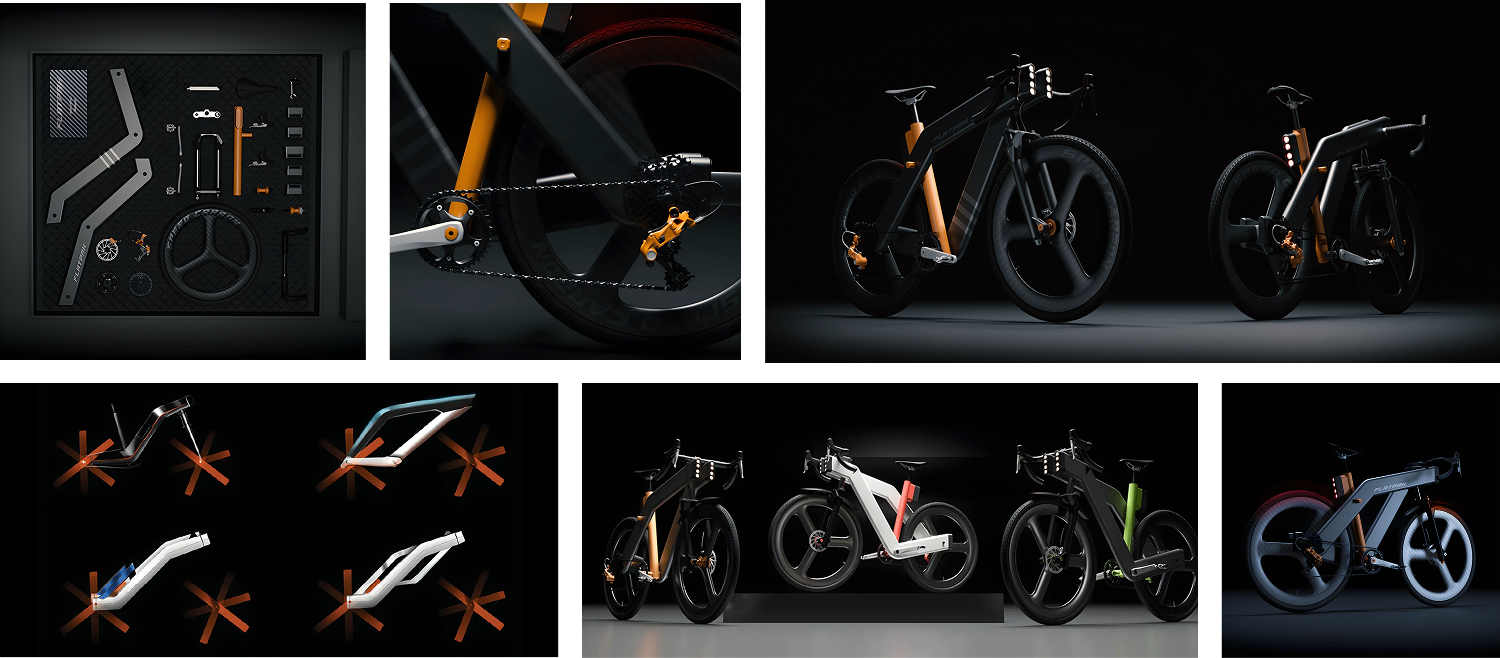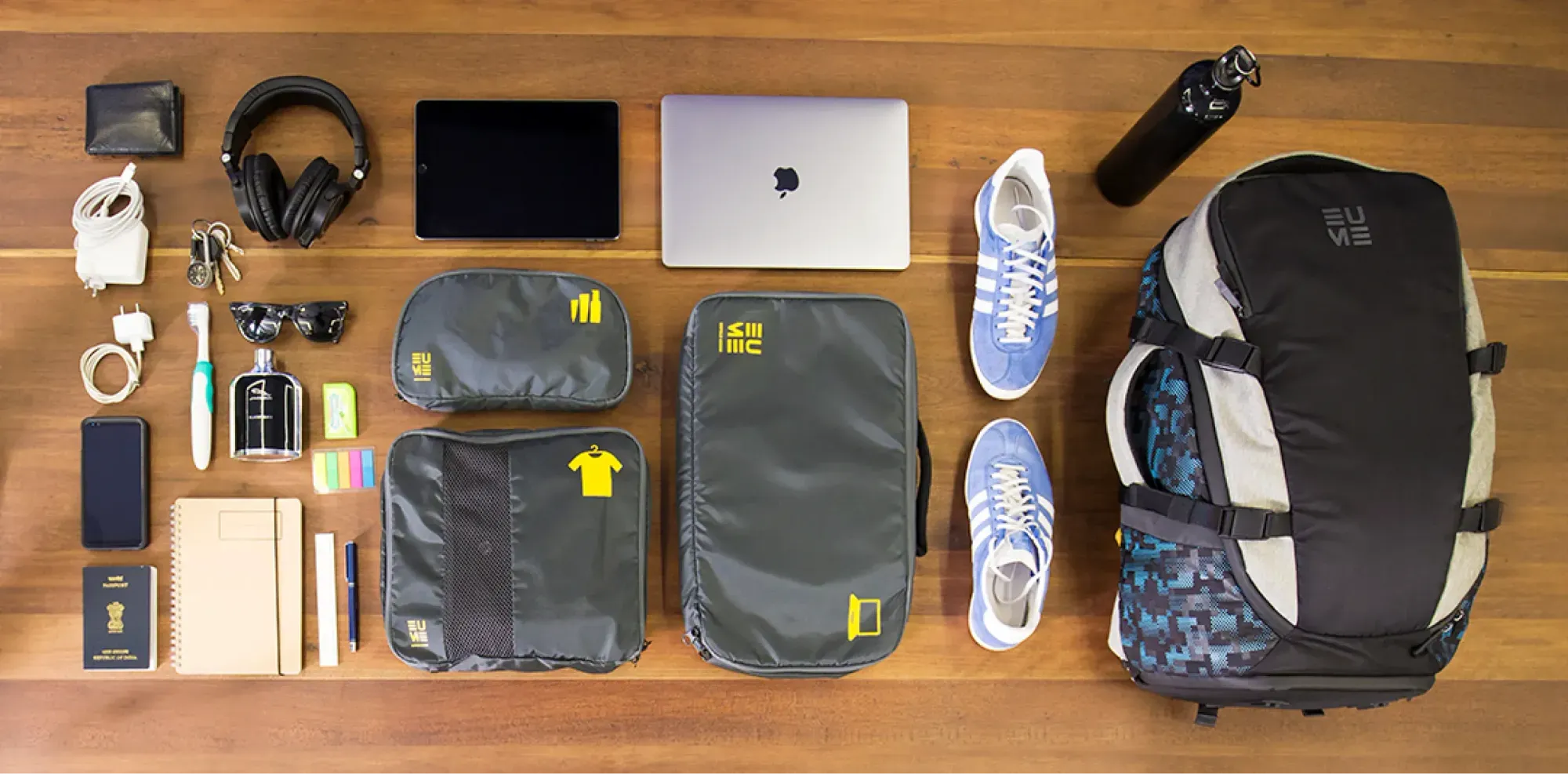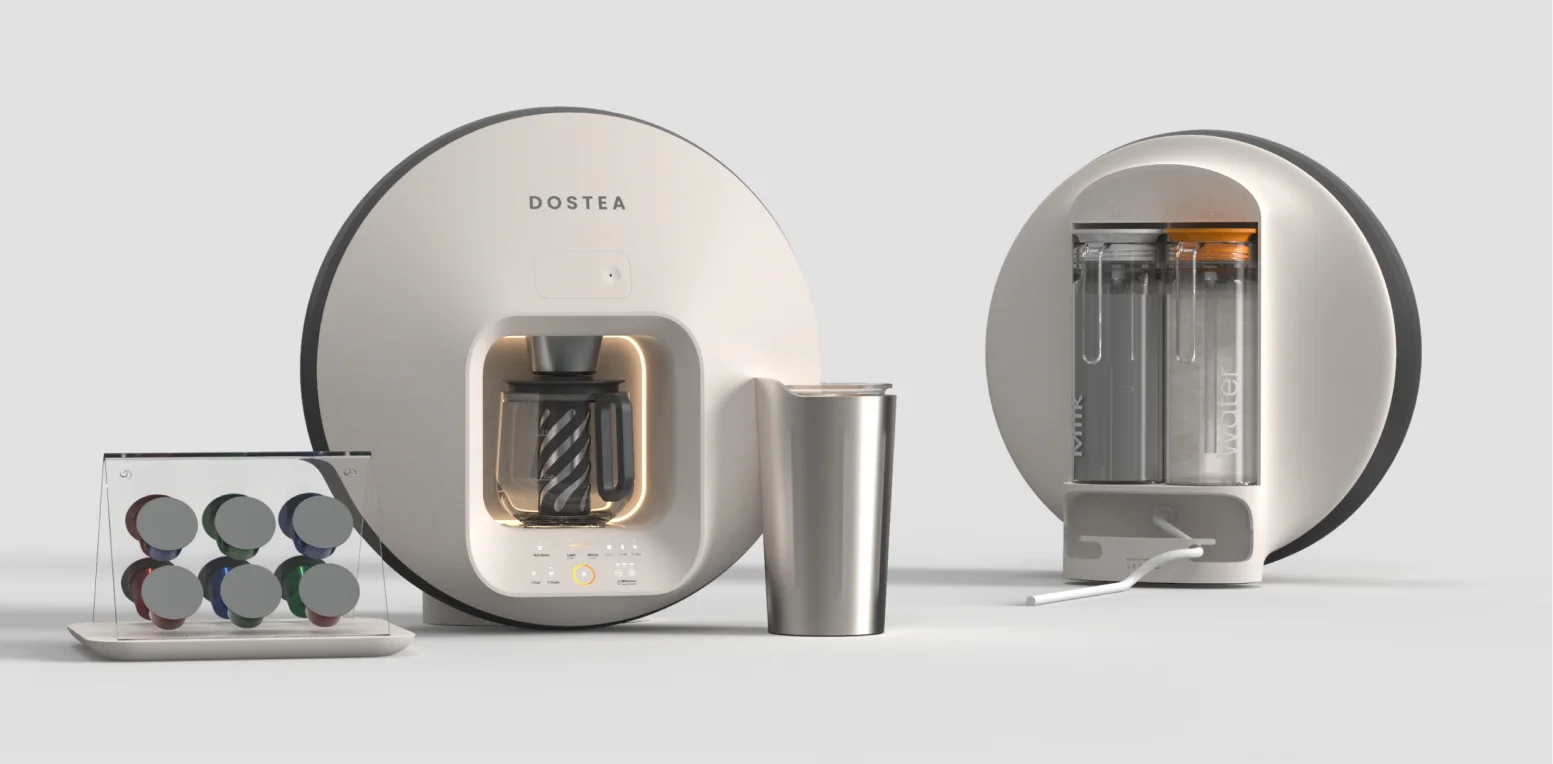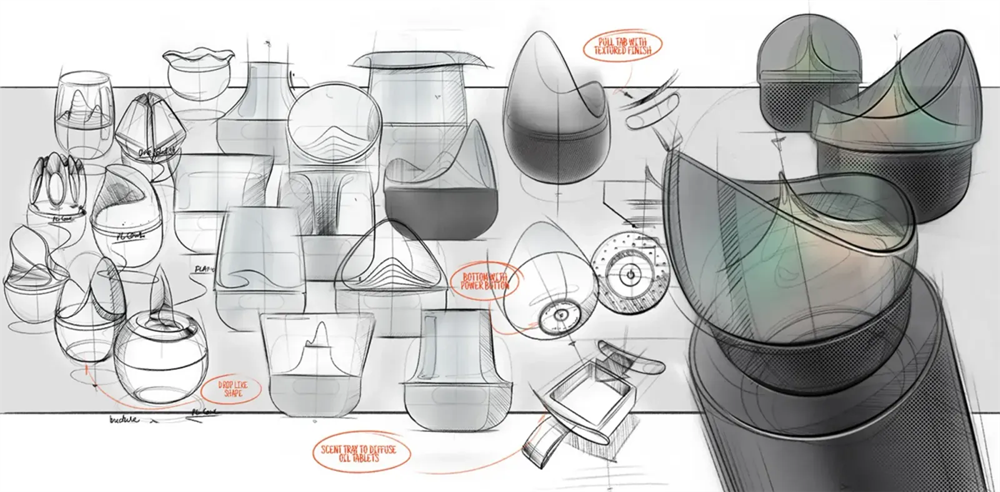
DFM Examples: Real-World Case Studies & Visual Gallery
DFM examples and case studies showcase how smart design decisions, material choices, and assembly strategies reduce costs, simplify production, and improve reliability in the real world. Design for Manufacturing comes to life in the products we use every day, from sleek consumer electronics to durable automotive parts. By studying these DFM examples, innovators can see the practical impact of DFM and gain inspiration for their own projects. A visual gallery will let readers explore these examples in detail, highlighting both creativity and manufacturability.
This article is a part of the Design for Manufacturing (DFM) series:
- Design for Manufacturing (DFM) Complete Guide – Analogy
- DFM Glossary: 100 Commonly Used Terms In Design for Manufacturing
- DFM Examples: Real World Case Studies & Visual Gallery
- DFM Checklist: Design for Manufacturing Best Practices
- DFM Mistakes: 50 Common DFM Mistakes You Must Avoid
- DFM Tools: 50 DFM Tools, Software, and Techniques

1. DFM in Consumer Electronics
Electronics companies like Apple and Samsung integrate DFM principles to make products compact, reliable, and easy to assemble. Optimized components, precision tolerances, and modular design allow for efficient mass production. These products demonstrate how careful planning and manufacturability considerations elevate both quality and user experience. By addressing assembly challenges early, companies minimize defects and improve overall product reliability.
Beyond assembly, DFM in consumer electronics also influences material selection, cooling strategies, and ergonomic design. Thoughtful design decisions reduce production costs, enhance durability, and simplify repair or upgrades. By embedding DFM throughout the product lifecycle, these brands deliver devices that are not only visually appealing but also manufactured for consistency and scalability, setting industry standards in innovation and efficiency.
Watch this video on how to conduct your Design for Manufacturing (DFM) activity for a Transformer:
2. DFM in Automotive Design
Automotive manufacturers use Design for Manufacturing to streamline production, reduce costs, and ensure parts fit together perfectly on assembly lines. Standardizing components, analyzing assembly sequences, and optimizing tolerances allow cars to be produced efficiently at scale. DFM helps engineers balance safety, durability, and aesthetics, ensuring vehicles meet both regulatory standards and customer expectations.
Beyond assembly, DFM in automotive design influences material selection, weight reduction, and modular platform strategies. By applying these principles early, manufacturers can minimize rework, reduce waste, and improve fuel efficiency through lighter yet strong components. This approach ensures that every car leaving the factory is reliable, cost-effective, and engineered for seamless production.
3. DFM in Medical Devices
Medical devices require extreme precision, reliability, and compliance with strict regulatory standards. Design for Manufacturing ensures that components are easy to assemble, test, and sterilize without compromising patient safety. By optimizing tolerances, material choices, and assembly sequences, engineers create devices that are both manufacturable and highly functional. Early DFM considerations help prevent costly errors during production and reduce time-to-market.
Beyond manufacturability, DFM in medical devices also supports ergonomic design and user experience. Efficient designs simplify maintenance, reduce assembly complexity, and improve overall device longevity. By embedding DFM principles throughout development, medical device companies can deliver products that are safe, reliable, and scalable for production, while meeting the highest industry standards.
4. DFM for Plastic Products
Plastic products benefit immensely from Design for Manufacturing principles, ensuring parts are easy to mold, assemble, and scale for production. Proper draft angles, uniform wall thickness, and optimized gate locations reduce defects such as warping or sink marks. By considering manufacturability early, designers can create durable, high-quality plastic components that meet both functional and aesthetic requirements.
DFM also guides material selection, minimizing shrinkage and improving consistency across production batches. Standardizing fasteners, simplifying part geometries, and planning for assembly efficiency help reduce cost and lead time. Through these techniques, plastic products are not only easier to produce but also more reliable, cost-effective, and ready for mass manufacturing.
5. DFM in Industrial Equipment
Industrial equipment relies heavily on Design for Manufacturing to simplify complex assemblies and ensure reliable operation under demanding conditions. By carefully selecting materials, standardizing components, and planning assembly sequences, engineers can reduce downtime, improve safety, and optimize production efficiency. DFM principles help identify potential issues early, preventing costly errors and delays in large-scale manufacturing.
Beyond manufacturability, DFM in industrial equipment enhances maintainability and serviceability. Thoughtful design ensures that parts are easy to replace, modular, and compatible with future upgrades. Applying DFM principles across the development process results in equipment that is robust, cost-effective, and engineered for seamless production and long-term performance.
Analogy Design Case Studies In DFM
At Analogy, every product we design is a testament to the power of Design for Manufacturing. Our case studies showcase how creativity, engineering precision, and manufacturability come together to bring ideas to life. From smart IoT devices to innovative robotics and lifestyle products, each example demonstrates how DFM principles streamline production, enhance quality, and reduce costs. Explore these stories to see how we balance aesthetics, functionality, and scalability in real-world product design.
1. Zook – Electric Hookah

Discover how Zook transforms the traditional hookah into a sleek, modern, and ergonomic lifestyle device. Our design team focused on compact form, modular assembly, and seamless electronics integration. Every detail, from material choice to user interaction, was optimized for manufacturability without compromising style. This case study shows how DFM principles and innovative thinking come together to create a product that’s functional, stylish, and production-ready. Click to explore the full design journey and see Zook in action.
View the Zook Electric Hookah case study.
2. Eume – Wearable Tech

Meet Eume, a smart backpack designed with integrated massaging electronics for comfort and convenience. Our team applied DFM principles to balance cutting-edge tech with manufacturability, ensuring scalable production without sacrificing style or functionality. From adjustable foam back panels to modular storage and discreet charging ports, every detail was crafted for real-world use. This case study highlights how innovation and design come together to create a truly versatile wearable tech companion.
View the Eume Wearable Tech Backpack case study.
3. IoT – Smart Connected Devices
.png)
Explore how Analogy designs intelligent IoT devices that connect, interact, and simplify everyday life. From sleek hardware to user-centric interfaces, every element is optimized for manufacturability and seamless assembly. Our team leverages DFM, electronics design, and UI considerations to create products that are both practical and innovative. This case study showcases the journey of turning complex smart devices into market-ready, reliable solutions. Click to dive into the design and engineering behind our smart IoT innovations.
View more about the IoT Smart Connected Devices.
4. Dostea – Tea Maker Machine

Discover the making of Dostea, a modern tea maker that combines style, convenience, and ergonomic design for daily use. Every feature, from the brewing mechanism to the interface, was carefully considered for ease of assembly and manufacturability. DFM principles guided material choices, modular components, and efficient production. This case study illustrates how we balance aesthetics, functionality, and cost-effectiveness to deliver a home appliance that delights users and manufacturers alike. Explore the full story of Dostea’s design journey.
View the Dostea Tea Maker Machine case study.
5. Rotoevaporator – Laboratory Equipment
%20-%20Copy.png)
The Rotoevaporator for Aditya Scientific demonstrates DFM in precision laboratory instrumentation. Engineers applied manufacturability principles to simplify mechanical assemblies, improve material selection, and streamline assembly processes. Every component was optimized to reduce errors and enhance reliability during production. This case study emphasizes how industrial and lab equipment benefits from early DFM planning.
View the Rotoevaporator Laboratory Equipment case study.
6. Flatpack – Modular Bicycle
%20(1)%20-%20Copy.png)
Flatpack reimagines personal mobility with a modular, easy-to-assemble bicycle. DFM principles guided the design of lightweight yet durable components, simplified assembly, and standardized parts. Every detail, from frame joints to folding mechanisms, was optimized for efficient production and user convenience. This case study demonstrates how thoughtful design can combine innovation, practicality, and manufacturability in mobility products.
View the Flatpack Modular Bicycle case study.
7. iDiya – Smart Meditation Device

iDiya is a compact, intuitive meditation device designed for daily wellness and mindfulness. By applying DFM, the team ensured that its electronics, casing, and user interface could be manufactured reliably at scale. Ergonomics, aesthetics, and assembly simplicity were all carefully balanced. This case study shows how DFM enables the creation of small, complex devices that are both functional and production-ready.
View the iDiya Smart Meditation Device case study.
8. Rise – Video Door Phone
%20-%20Copy.png)
Rise brings security and convenience together with a smart video door phone designed for the modern home. DFM guided the integration of electronics, housing, and mounting systems for easy assembly and robust performance. Material choices, component layout, and modularity were optimized for both cost and manufacturability. The case study highlights how DFM ensures smart home devices are reliable, scalable, and user-friendly.
View the Rise Video Door Phone case study.
10. Shard – Smart Exercycle
%20-%20Copy.png)
Shard is an innovative connected fitness device that combines ergonomic design with IoT capabilities. DFM ensured that its frame, sensors, and user interface could be manufactured efficiently while maintaining durability and precision. Modular components and simplified assembly reduced production time and costs. The case study illustrates how fitness and wellness devices can achieve scalability and reliability through DFM.
View the Shard Smart Exercycle case study.
Watch the Analogy Showreel to get a feel of how products look like after they're done:
Analogy Helps Turn Your Ideas into Manufacturable Reality
Real-world examples and case studies bring Design for Manufacturing principles to life, showing how thoughtful design decisions impact both production and user experience. From consumer electronics to robotics, home appliances, and IoT devices, DFM ensures products are efficient, reliable, and scalable. Visual galleries help illustrate these concepts, allowing designers and innovators to see the practical application of DFM in every detail. Case studies highlight the challenges, solutions, and creative approaches that make complex designs manufacturable. By studying these examples, teams can gain inspiration, learn best practices, and apply proven strategies to their own projects.
Ultimately, DFM bridges the gap between creativity and production, turning bold ideas into market-ready products that delight users and manufacturers alike. Exploring these stories reinforces the value of planning for manufacturability early in the design process.
Find more examples of DFM in product design, check out Analogy Design's portfolio.
About The Authors

Vyasateja Rao – Founder, Analogy
Vyasateja Rao is a multi-award-winning product designer with over two decades of experience, and the visionary founder of Analogy, a Bangalore-based industrial and interaction design studio. He specializes in crafting memorable and innovative experiences for both physical and digital products. After earning a Masters in Industrial Design from North Carolina State University in 2007, Vyasateja worked across the United States, Hong Kong, China, Korea, Taiwan, Singapore, and India, collaborating with Fortune 500 companies and leading design studios. His studio has received international recognition, including the Red Dot, IBDC, Singapore Design Award, and multiple patents for product innovation. Vyasateja has designed for global clients such as Panasonic, Unilever, Amazon, Marvel, and Cellairis, blending creativity with manufacturability to create breakthrough products. Beyond design, he mentors aspiring designers, teaching the importance of contrast, surprise, and hidden artifacts in creating compelling experiences.

Dinesh Krishnamoorthy – Lead Design Engineer, DFM Expert
Dinesh Krishnamoorthy is a Design for Manufacturing (DFM) specialist with 9 years of experience in product engineering and production optimization. He graduated with a B.E. in Mechanical Engineering from Dhanalakshmi Srinivasan Engineering College (Anna University), Perambalur, and began his career as a Quality Engineer. His passion for design led him to Butterfly Gandhimathi Appliances Ltd, where he gained hands-on experience in both product design and manufacturing. This exposure shaped his deep understanding of DFM principles, learning directly from mold designers and production teams. At Analogy, Dineshkumar integrates manufacturing considerations from the earliest design stages, ensuring efficient, cost-effective, and production-ready products. He believes DFM transforms CAD designs into real, launch-ready products, making the engineering process smoother and more impactful.
FAQs
news & insights
Continue reading

Design for Manufacturing (DFM) Complete Guide
DFM stands for “Design for Manufacturing” or “Design for Manufacturability”. Design for Manufacturing (DFM) is both a philosophy and a practice that bridges the gap between design intent and manufacturing reality.






